Space
Sign up for our newsletter
We summarize the week's scientific breakthroughs every Thursday.
-
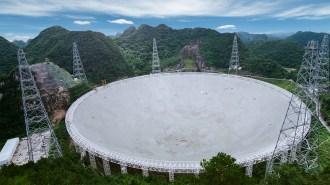 Astronomy
AstronomyA gas clump in the Milky Way’s neighborhood might be a ‘dark galaxy’
A blob of gas seen outside the Milky Way could be a type of starless, dark matter–dominated galaxy. Some scientists are skeptical.
-
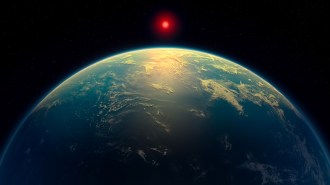 Astronomy
AstronomyA claimed hint of alien life whips up spirited debate
Astronomers have a lot of thoughts about the latest paper claiming we’ve found the strongest hints of alien life yet on the distant planet K2 18b.
-
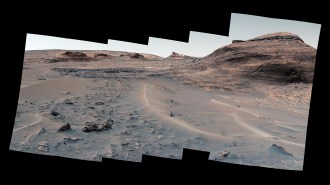 Space
SpaceA NASA rover finally found Mars’ missing carbon
The Curiosity rover identified hidden caches of the mineral siderite, which could help explain why Mars lost its habitable climate.
-
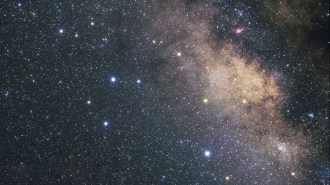 Astronomy
AstronomyYes, there really is a black hole on the loose in Sagittarius
Astronomers now agree: They’ve spotted the first isolated stellar-mass black hole ever seen.
By Ken Croswell -
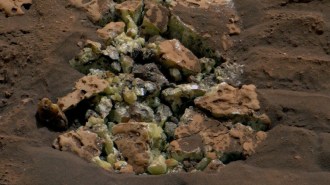 Planetary Science
Planetary ScienceCheck out some of the weird rocks that have turned up on Mars
Some of the unusual rocks carry stories about water on Mars. One has hints of long-gone microbes. All tell of a dynamic, complex planet.
-
 Space
SpaceFermenting miso in orbit reveals how space can affect a food’s taste
A miso test on the International Space Station shows fermenting food is not only possible in space, it adds nuttier notes to the Japanese condiment.
-
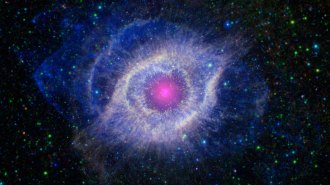 Astronomy
AstronomyA nebula’s X-ray glow may come from a destroyed giant planet
Decades of constant X-ray emission from the Helix Nebula’s white dwarf suggest debris from a Jupiter-sized planet steadily rains upon the star.
-
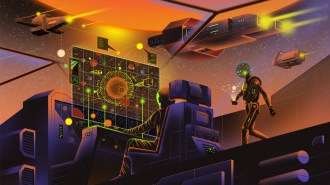 Space
Space‘Star Wars’ holds clues to making speedier spacecraft in the real world
Controlled fusion, solar sails or ion engines could someday help spaceships travel between star systems.
-
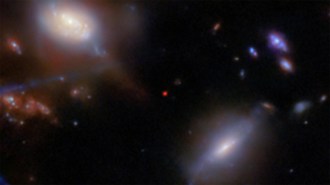 Space
SpaceJWST spots the earliest sign yet of a distant galaxy reshaping its cosmic environs
The galaxy, called JADES-GS-z13-1, marks the earliest sign yet spotted of the era of cosmic reionization at 330 million years after the Big Bang.
-
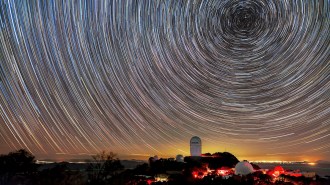 Cosmology
CosmologyA map of 14 million galaxies and quasars deepens a dark energy mystery
The DESI experiment shocked cosmologists with a hint that dark energy varies over time. Now, with more data, the conclusions hold up.
-
 Space
SpaceThe nearest single star to Earth has four small planets
Last year, astronomers announced that a planet orbits Barnard’s star. Now, researchers have confirmed the existence of three more.
-
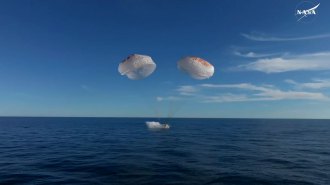 Space
SpaceTwo astronauts stuck in space for 9 months have returned to Earth
Astronauts Suni Williams and Butch Wilmore’s extended stay in the International Space Station will add to what we know about how space affects health.